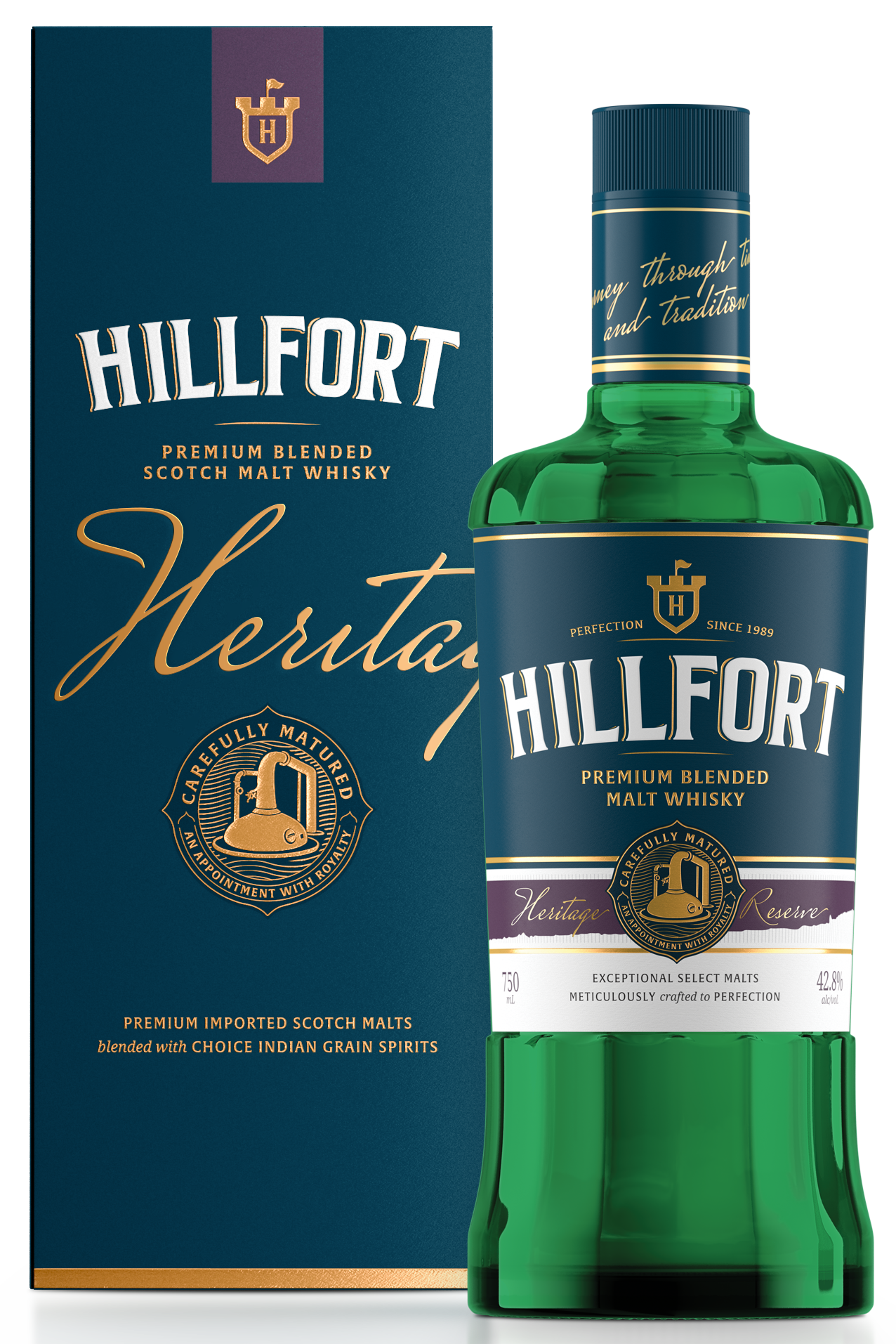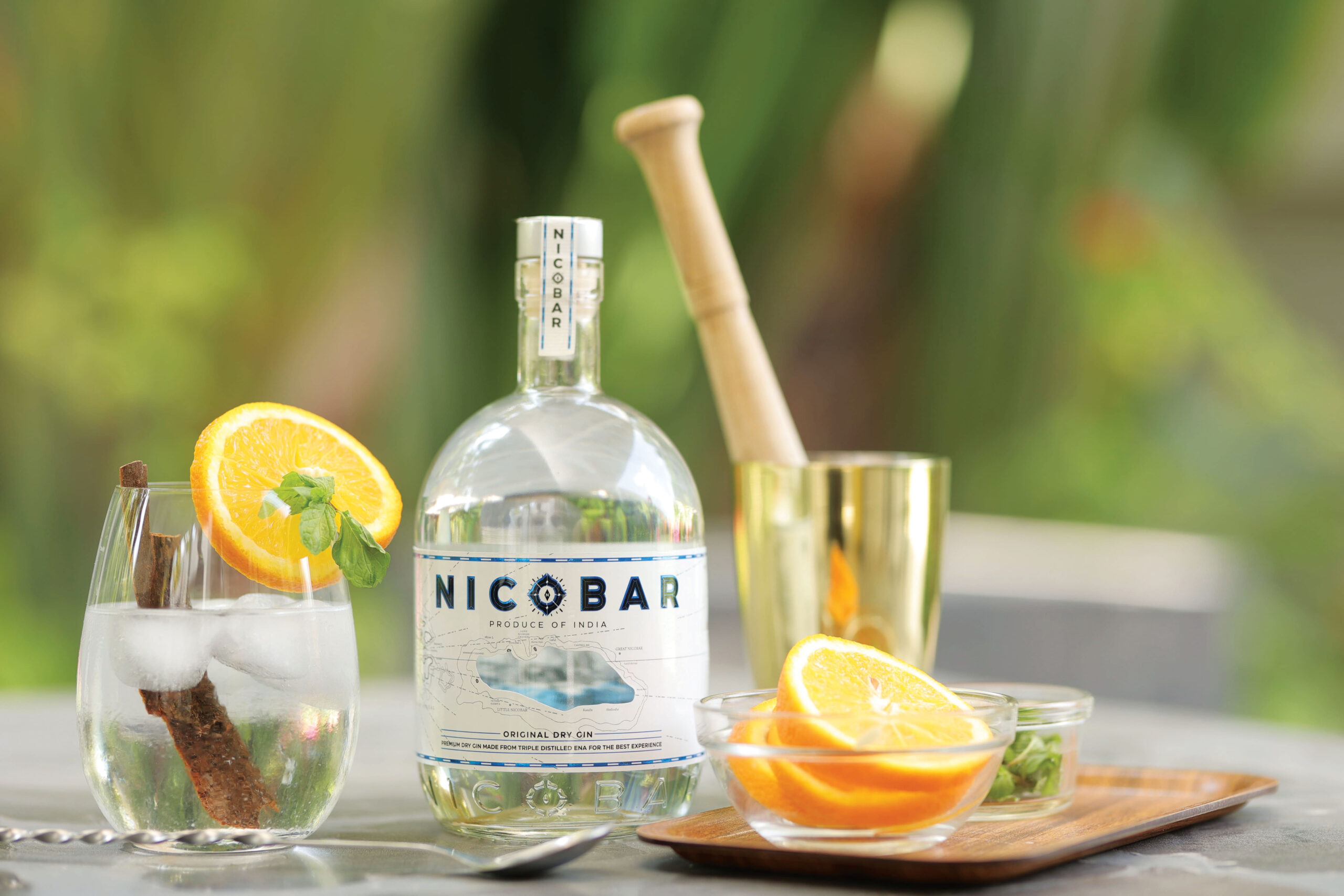Tushar Bhandari, Whole Time Director, Associated Alcohols & Breweries Ltd. (AABL), talks about one of India’s oldest and most trusted brands in the alcobev industry listed on both NSE and BSE. AABL has nine proprietary brands under its wing and has a strong focus on selling premium alcohol. These include Central Province Superior Grain Whisky, Titanium Triple Distilled Vodka, James McGill Whisky, Jamaican Magic Rum, Superman Fine Whisky, and Bombay Special Whisky among others. The company also ventured into the premium category with the launch of Nicobar Gin and Hillfort Whisky. The company is licensed to manufacture for international brands such as Bagpiper Whisky, McDowell No. 1 Celebration Rum, White Mischief Vodka, Blue Riband Gin, and Director Special Black.

What have been the recent milestones for Associated Alcohols & Breweries Ltd.?
We commenced the calendar year 2024 with the launch of Nicobar Gin, marking our strategic debut in the premium spirits segment. Building on this momentum, we operationalised 40 MLPA grain-based ethanol plants, bolstered by a cogeneration facility, to strengthen our production capabilities. We also expanded our spirits portfolio with the introduction of Hillfort Blended Whisky, our second flagship product in the high-end spirits category.

Additionally, for the first nine months (9M) of FY 2024-25, our IMFL (Indian-Made Foreign Liquor) Proprietary segment delivered robust growth, with volumes rising 23% YoY, driven by strong brand performance and consumer demand. The IMFL Licensed segment also achieved steady growth, posting an 8% YoY increase in volumes during the same period, reflecting balanced momentum across our portfolio. These results underscore our expanding market presence and operational efficiency in a competitive landscape.
What has been the impact on the company’s financials?
AABL showcased strong financial performance, driven by strategic initiatives that enhanced operational efficiency and profitability. The company experienced substantial growth, reflecting its resilience and ability to adapt to market dynamics. Improved cost management and operational enhancements contributed to healthier margins, reinforcing its financial stability. Additionally, a notable increase in shareholder returns underscores AABL’s commitment to delivering long-term value. This sustained momentum not only strengthens the company’s market position, but also lays a robust foundation for future expansion and innovation.
How is the company gearing up to consolidate its position in the Indian alcobev industry?
We are focussed on capitalising on the accelerating trend of premiumisation, which aligns with the evolving preferences of new-age consumers. New-age consumers are willing to invest in products that resonate with their aspirational lifestyles and increasingly prioritise experimentation and exclusive experiences. Guided by this insight, we have outlined a robust product pipeline for the next two years, beginning with the launch of an RTD (Ready-to-Drink) beverage in five distinct flavours, followed by the introduction of a premium tequila to deepen our presence in the high-end spirits market.
Beyond product innovation, we are equally committed to crafting memorable brand experiences that foster lasting connections with consumers. We host initiatives such as city-wide game nights and sponsor exclusive restaurants to engage audiences in distinctive settings, ensuring our brand occupies a unique space in their minds.
With so many FTAs likely to happen will the competition be more intense?
Impact of FTAs on Competition
Increased Access to Imported Brands: The potential reduction in tariffs on imported spirits, especially Scotch whisky, could make these products more accessible to Indian consumers.
This is expected to spur competition as domestic brands will face pressure to innovate and enhance their offerings to retain market share.
Market Dynamics: With the Indian alcohol market projected to grow significantly—valued at around USD 200 billion by 2025 and expected to reach USD 300 billion by 2035—competition is already fierce. The influx of foreign brands through FTAs could further disrupt existing market dynamics, compelling local players to adapt rapidly.
Quality vs. Price Competition: Industry leaders have expressed confidence in competing based on quality rather than relying on protective tariffs. This sentiment reflects a broader trend where Indian manufacturers are encouraged to improve product quality to compete effectively against imports.
With the lowering of tariffs by the US will there be an impact on the company’s sales?
Lower tariffs for the US will specifically impact bourbon imports which are priced in the premium segments. We do not see an impact on our current product portfolio or the planned launches. Industry dynamics could definitely see consumers moving up brands due to lower prices but we remain optimistic about our quality and product offering.
What are the company’s financials for 2024-25?
For the first nine months (9M) of FY 2024-25, we reported exceptional financial performance across key metrics. Our Net Revenue from Operations surged 61% YoY to ₹8,334 million, underscoring strong demand and market penetration. EBITDA followed this upward trajectory, rising 59% YoY to ₹926 million, with a steady EBITDA margin of 11%, reflecting operational efficiency and cost discipline. Profit After Tax (PAT) grew 54% YoY to ₹591 million, maintaining a healthy PAT margin of 7% and highlighting the company’s ability to convert revenue growth into sustained profitability. Additionally, Diluted EPS stood at ₹31.82, marking a 50% YoY increase, which reinforces the company’s commitment to enhancing shareholder value. These results collectively demonstrate robust execution, scalable operations, and disciplined financial management in a dynamic market environment.
What kind of growth are you likely to see in 2025-26?
With a focus on premiumisation and catering to diverse consumer needs, we are looking at growing our proprietary IMFL portfolio by 15-20% through new product launches across different categories. Entering new markets and deeper penetration into existing markets is another key focus area for us, as it will allow us to strengthen our consumer base and establish greater consumer loyalty. Overall, the company is targetting 12-15% growth in the topline.
What is the company’s progress on the export front?
The company is present in international markets like the UAE and regions across Africa, where select products from our portfolio are currently available. Building on this foundation, we aim to introduce our entire product range in these markets, aligning with our vision to become a globally recognised player in the spirits industry.
Additionally, we recently participated in the San Francisco World Spirits Competition and aim to amplify our global reach and highlight the quality of our offerings by engaging in additional international trade shows and competitions. These opportunities will allow us to showcase our craftsmanship, build brand equity, and benchmark our products against global standards.
What are the volumes achieved by the company and what is the value?
During the first nine months, we achieved volume growth of 1.3 million cases in its IMFL Proprietary segment, up from 1.1 million cases in the previous period. In parallel, the corresponding value surged to ₹973 million, reflecting a significant rise from ₹833 million, driven by improved market demand and strategic pricing initiatives. These metrics underscore the segment’s robust performance and alignment with broader business objectives.

